Preservation Pennsylvania just released Pennsylvania At Risk 2013, an annual list that provides a representative sampling of the Commonwealth’s most endangered historic resources. Pennsylvania At Risk 2013 features nine endangered properties that were identified in 2013, and will be Preservation Pennsylvania’s priorities for action in 2014. The properties included in this annual list of endangered places represent important resource types and exemplify common or noteworthy issues faced by historic properties in Pennsylvania. It is Preservation Pennsylvania’s experience that publishing this list draws statewide attention to the plight of Pennsylvania’s historic resources and promotes local action to protect them.
Four of the nine properties listed in Pennsylvania At Risk were acquired after the buildings had already been vacant for years, where maintenance had been deferred and the condition was deteriorating. Each of these well-intentioned property owners intended to rehabilitate their property for new use, but has not yet been able to secure the financial resources needed to do so. Preservation Pennsylvania will work with the property owners to try to get these projects moving forward, by helping with tasks such as assessing project feasibility, developing fundraising or financing plans, and finding partners or new owners to bring new resources to the project.
These properties include:
- Coraopolis Station in Coraopolis, Allegheny County;
- Altman’s Mill in Saltsburg, Indiana County;
- Irem Temple in Wilkes-Barre, Luzerne County; and
- Old Hickory in Coudersport, Potter County.
Each of these buildings and situations is different, but they all help to illustrate one important fact: the best way to preserve historic buildings is to keep them occupied and maintained. Once they begin to deteriorate, rehabilitation becomes more challenging and expensive.
Four additional properties are included in Pennsylvania At Risk this year because they are threatened with demolition. In one case, the owner plans to demolish the buildings and will retain the property for unspecified future use. In the three other cases, the historic buildings are being demolished to make way for new development.
These properties include:
- VA Highland Drive Campus in Pittsburgh, Allegheny County;
- Garman Theatre in Bellefonte, Centre County (DEMOLISHED);
- Public Federal Savings Bank in Lower Merion Township, Montgomery County; and
- The Legendary Blue Horizon in Philadelphia
One of these buildings, the Garman Theatre in Bellefonte, Centre County, has already been demolished. Preservation Pennsylvania does not typically include buildings that have been lost prior to the release of Pennsylvania At Risk, but believes that valuable lessons can be learned from the loss of the Garman. Preservation Pennsylvania will soon prepare a presentation that discusses the decline and loss of the Garman Theatre, including the battle to save it, and will explain why the historic theatre was ultimately lost. Preservation Pennsylvania will talk about the factors that contributed to the deterioration of the building, as well as the limitations of existing preservation tools. This review will include a discussion of Pennsylvania’s Abandoned and Blighted Property Conservatorship Act, which was enacted to allow a third party to take possession of vacant and blighted properties in order to make repairs and return the property to productive use, but in the case of the Garman Theatere, so far it has led almost exclusively to acquisition for demolition.
The final property listed in Pennsylvania At Risk 2013 is threatened by sale without preservation restrictions, which means that the historic site is in danger of inappropriate development.
This property is:
- Monterey Pass Battlefield and Maria Furnace Road, Washington Township, Franklin County
Studies have shown that, in addition to having a cultural and environmental value, historic properties can be economic assets. And historic preservation activities support the local economy. But when historic buildings are allowed to deteriorate, and/or their history is not appreciated, historic properties are often viewed as liabilities rather than assets. In 2013, Preservation Pennsylvania conducted an analysis of the Pennsylvania At Risk program through its 20 years of existence and found that of the 200+ historic properties listed while in imminent danger, only 18% have been lost. Since it often takes quite some time to achieve a “save,” it is not surprising that another 50% of those 200 resources are still at risk. Preservation Pennsylvania is pleased to say that 32%, or approximately 65, properties from Pennsylvania At Risk have been preserved or rehabilitated. Many of them received Pennsylvania Historic Preservation Awards, including six in 2013 alone. These happy endings show that even historic properties that appear to be in the direst of situations can be brought back to function as cultural and economic assets for the Commonwealth.
Preservation Pennsylvania always welcomes input and updates on the status of At Risk properties, as well as information about other endangered properties that could use our help. Please contact Field Representative Erin Hammerstedt at (814) 571-2444 or ehammerstedt@preservationpa.org to talk about At Risk properties in your area.
Comment Policy
PHMC welcomes and encourages topic-related comments on this blog. PHMC reserves the right to remove comments that in PHMC’s discretion do not follow participation guidelines.
Commenters and Comments shall be related to the blog post topic and respectful of others who use this site.
Commenters and Comments shall not: use language that is offensive, inflammatory or provocative (this includes, but is not limited to, using profanity, obscene, or vulgar comments); disparage other commenters or people; condone illegal activity; identify the location of known or suspected archeological sites; post personal information in comments such as addresses, phone numbers, e-mail addresses or other contact details, which may relate to you or other individuals; impersonate or falsely claim to represent a person or an organization; make any commercial endorsement or promotion of any product, service or publication.
If you would like to comment on other topics not related to this blog post but related to PHMC, please fill out the PHMC Contact Us Form.

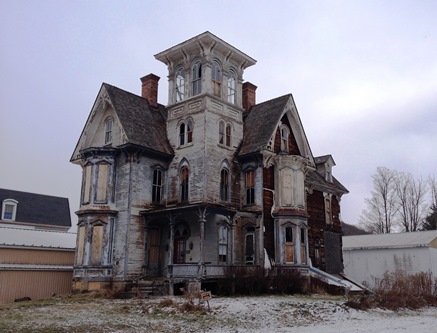

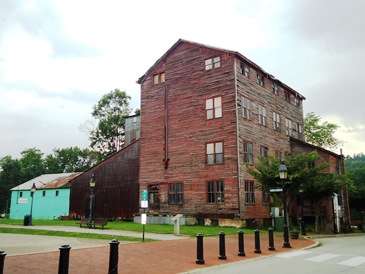
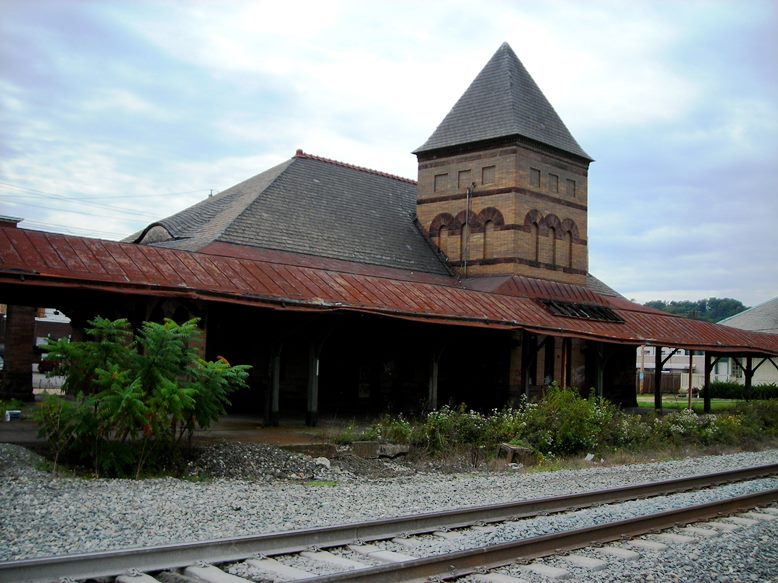

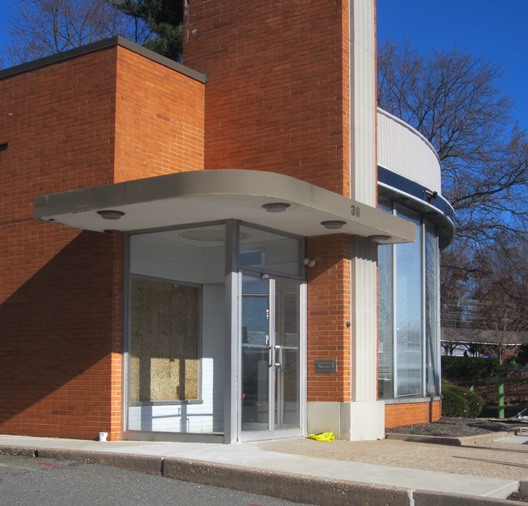
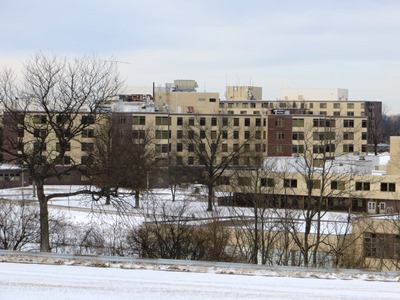
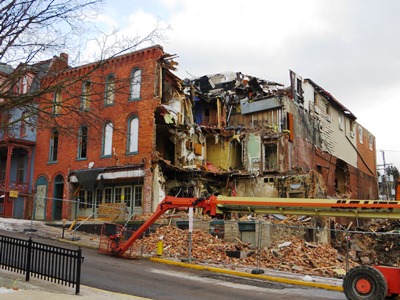

I would add the train station in Wilkes-Barre to your list also. They re-did it once into a restaurant and entertainment complex and then let it go to hell and now are wondering what to do with it again.
Pennsylvania is my second home state, and I really must say the state’s record on historical preservation is awful.
Examples:
Not one anthracite coal breaker was saved.
The East Broad Top Railroad has been in jeopardy for many years. This national treasure ought to be a state park at minimum.
The USS Olympia and SS United States- what is the state doing (if anything)?
Nearly steam-less Steamtown I will concede to be the federal government’s fault, but surely the state could pressure them more.
I see that you deleted my comment regarding Pennsylvania’s less than stellar record on historical preservation. Truth hurts?
Allan –
Your original comment has been approved, and was not deleted. Our blog staff was out of the office for the holiday break, and we are catching up.
Thank you for your interest in our blog!
Sorry about that.
When I refreshed the page the original comment vanished, so I assumed it had been deleted.